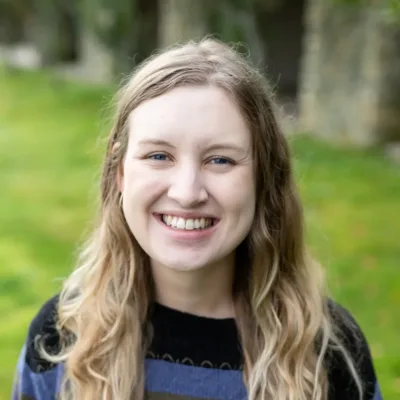
Angelina Dinehdeal wipes tears from her eyes as she sits with her 8-year-old daughter, Annabelle, on the family's compound in Tuba City, Ariz., on April 20, 2020. The family has been devastated by COVID-19. The Navajo reservation has some of the highest rates of coronavirus in the country. If Navajos are susceptible to the virus' spread in part because they are so closely knit, that's also how many believe they will beat it. (AP Photo/Carolyn Kaster)
The Navajo Nation overtook New York in mid-May as the region with the highest rate of COVID-19 infections.
Navajo Nation leaders have decided to end weekend lockdowns but extend the closure of tribal government facilities and continue the overnight curfew amid the coronavirus pandemic.
President Jonathan Nez on Wednesday signed an order extending the closure of government offices and entities to July 5. A separate health emergency order will be issued to continue the daily curfew that runs from 8:00 p.m. to 5:00 a.m. and will pause the 57-hour weekend lockdowns imposed since April.
But Nez said this doesn’t mean his community will be less vigilant.
“The end of the 57-hour lockdown does not mean that we let our guards down because the virus is still within our communities,” he said.
Tribal health officials on Thursday reported 69 new cases of COVID-19 and five additional deaths, increasing the total number of cases to 5,730 with 264 deaths.
The Navajo Nation saw the outbreak spread fast, quickly overtaking New York State in mid-May as the region with the highest rate of the disease in the entire country.
In Arizona, Native Americans are disproportionately getting sick and dying from the virus. As of Thursday, they made up 14% of the state’s total cases and 18% of its deaths, despite only making up 5.3% of the population.
The Nation has struggled to receive aid from the federal government, instead accepting donations from celebrities and local organizations to help respond to the outbreak.
RELATED: Nearly 600 Tuba City Families Fed From Record-Setting Food Donation
The delay in receiving aid came in part from a lawsuit tribes filed against the federal government over its decision to include Alaska Native Corporations, for-profit entities, in the $8 billion of relief money it allocated to tribes.
But even when the aid came through, tribal leaders called the money “woefully inadequate.” An audit of the Treasury Department’s formula used to divvy up the money found that the government relied on old data points, shortchanging Arizona tribes by more than $70 million.
Nez said Wednesday the Navajo Nation will use its $600 million allotment for improved healthcare, water, power, and telecommunications infrastructure, small business support, scholarships for students entering the public health field, and more.
The Navajo Nation reservation includes parts of northeastern Arizona, northwestern New Mexico and southeastern Utah.
The Associated Press contributed to this report.
Politics

Democrats successfully force vote on repealing 1864 abortion ban, passes House
The Arizona legislature moved forward two bills Wednesday that would repeal the state’s 1864 abortion ban. A bill to repeal the ban has been...

State Official: 1864 abortion ban gives Arizona ‘black eye’
Arizona’s role at the forefront of the climate crisis, defending democratic elections, and protecting reproductive rights has caught the attention...
Local News

The Amazon drones are coming to Arizona later this year
The drones operate on electricity, while most of Amazon’s fleet of vehicles operate on gasoline. Amazon drone deliveries are coming to the West...

Arizona’s reality TV stars: Where are they now?
From A-list actresses to a controversial bachelor, here's a roundup of reality TV stars from Arizona. Whether you love it or hate it, reality TV is...





